Фототека, выпуск N2 готов! / Photo Library, issue N2 is ready!
Друзья, наконец я готова поделиться с вами новым выпуском Фототеки и рассказать, что за концепция здесь кроется.
Friends, I'm finally ready to share the new issue of the Photo Library with you and tell you what the concept behind it is.
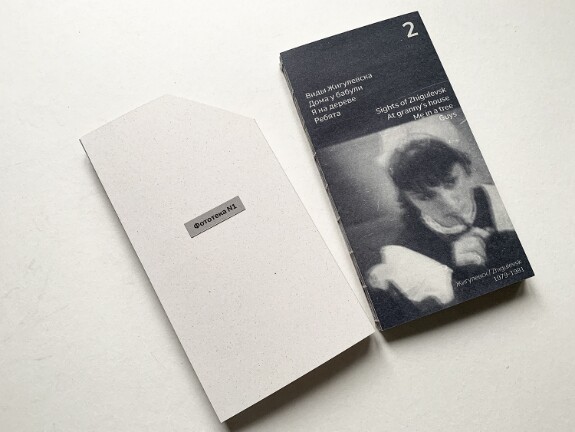
Как вы помните, серия Фототека n1 построена на найденном архиве фотопленок, снятых ленинградским подростком в 80-е годы и каждый выпуск - это сканы 2-3-х пленок на определенную тему.
As you may remember, the series Photo Library n1 is based on a found archive of photographic films shot by a Leningrad teenager in the 80s and each issue is scans of 2-3 films on a particular subject.
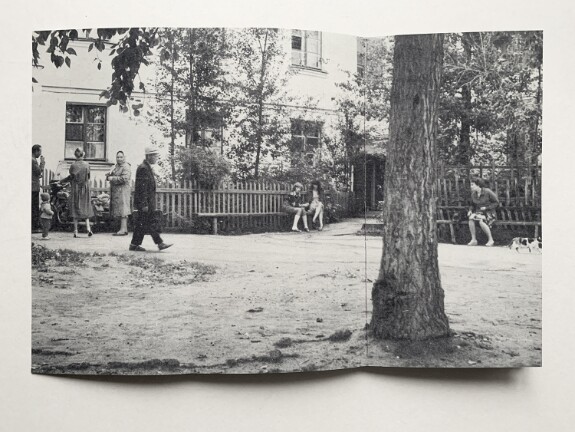
Я никак не вмешиваюсь в найденный материал - ничего не придумываю от себя, не пишу тексты, не кадрирую фотографии, только добавляю им немного контраста при сканировании, если это необходимо для печати.
I don't interfere in any way with the material I find - I don't invent anything from myself, I don't write texts, I don't crop the photos, I only add a little contrast to them when scanning if it is necessary for printing.
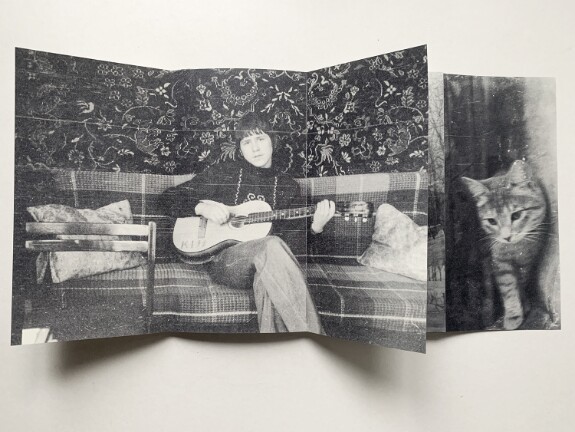
Как мне кажется - я нашла настоящий клад, и все, что необходимо рассказать о том счастливом для ребенка времени - есть на этих фотографиях, причем показано без приукрашивания, без выбора удачных ракурсов и правдоподобных сюжетов, мальчик снимал своих друзей и членов семьи с высоты своего роста и с абсолютно искренним интересом ко всему, что он видел.
As it seems to me - I found a real treasure, and everything that is necessary to tell about that happy time for the child - is in these photos, and it is shown without embellishment, without choosing good angles and plausible subjects, the boy shot his friends and family members from the height of his height and with absolutely sincere interest in everything that he saw.
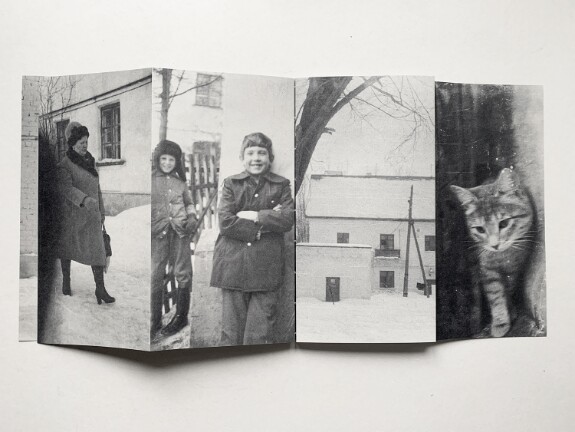
В данном выпуске действие разворачивается в Жигулевское - небольшом городе на берегу Волги. Но самой реки нет ни на одной фотографии, как и знаменитых Жигулевских гор - они лишь угадываются на некоторых снимках где-то на очень дальнем плане.
In this issue the action takes place in Zhigulevsk, a small town on the bank of the Volga River. But the river itself is not on any photo, as well as the famous Zhigulevskiy mountains - they are only guessed on some photos somewhere in the very distant background.
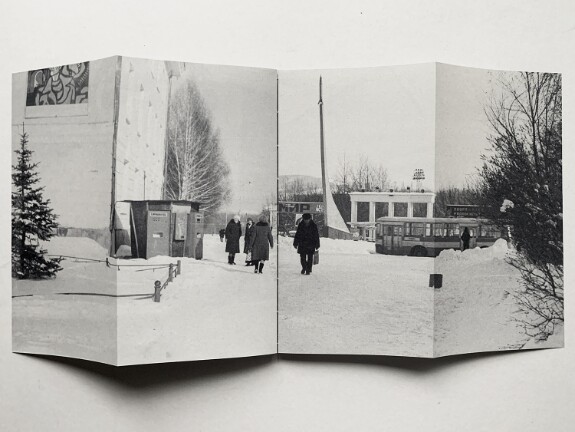
Зато в центре внимания - городские пейзажи, в разное время года, и не знаю, сознательно или нет, фотограф поймал в объектив те советские лозунги, которые в 80-е были повсюду - они "украшали" фасады домов и особенно это было заметно в провинциальных городах, где не так много достопримечательностей.
But in the center of attention - city landscapes, at different times of the year, and I do not know, consciously or not, the photographer caught in the lens those Soviet slogans, which in the 80's were everywhere - they “decorated” the facades of houses and it was especially noticeable in provincial cities, where there are not so many sights.
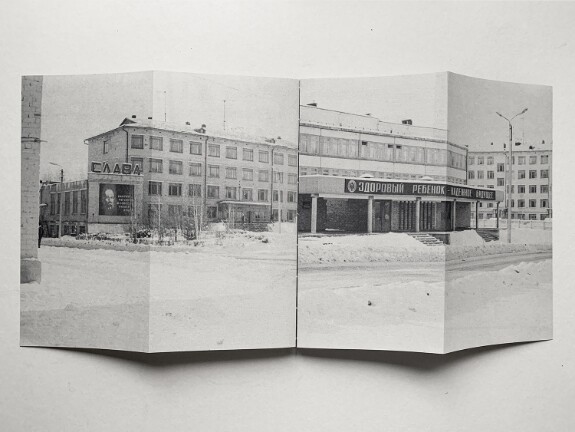
Еще есть несколько фотографий, сделанных дома у бабушки, с нехитрой бытовой обстановкой и кухонной утварью. Впервые за время работы над этой серией, я использую фотографии взрослых членов семьи, в предыдущих выпусках были изображены только дети.
There are also some photos taken at the boy's grandmother's house, with unpretentious home furnishings and kitchen utensils. This is the first time I'm using photos of adult family members in this series, in previous issues only children were pictured.
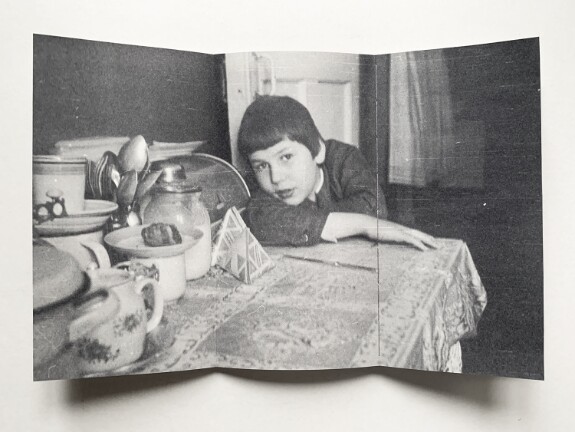

А на этот раз друзья хозяина этого архива были запечатлены в момент игры в "войнушку", в которую играли все мальчишки того времени - разделившись на «белых» и «красных» они устраивали друг другу засады во дворах, вооружившись игрушечными пистолетами.
And this time the friends of the owner of this archive were captured at the time of the game of “war”, which was played by all boys of that time - divided into “white” and “red” they ambushed each other in the courtyards, armed with toy guns.
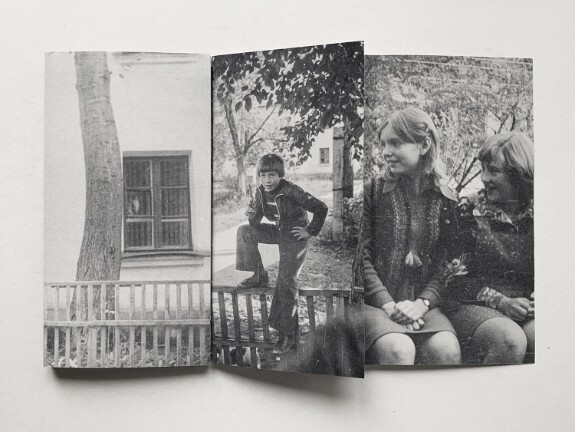

Самое интересное, на мой взгляд, это то, какие позы принимают ребята перед объективом камеры - как настоящие герои боевиков или вестернов, хотя в то время на экранах кинотеатров, а тем более по телевизору, было больше военно-патриотических фильмов. Все ходили в кино, и я нашла на этих пленках, снятых в Жигулевске, фотографии местного кинотеатра «Березка», если присмотреться, то можно даже увидеть афиши. Эти две фотографии с кинотеатром открывают и закрывают книгу.
The most interesting thing, in my opinion, is the poses the guys take in front of the camera lens - like real heroes of action movies or westerns, although at that time there were more military-patriotic films on the screens of cinemas, and even more so on TV. Everyone went to the movies, and I found on these films, taken in Zhigulevsk, photos of the local movie theater “Berezka”, if you look closely, you can even see the posters. These two photos with the movie theater open and close the book.

А вместо обложки я использовала кадр из кинофильма. Не уверена, какого именно, но автор этих фотографий точно его смотрел, потому что он щелкнул затвором фотоаппарата, сидя в темном зале, и этот единственный кадр остался на пленке.
And instead of the cover, I used a frame from a movie. I'm not sure which one, but the author of these photos was definitely watching it, because he clicked the shutter of his camera sitting in a dark hall, and this single frame remained on the film.

Не знаю, будет это считываться или нет, но после размышлений о позах фотографируемых людей, мой акцент в этом выпуске был сделан на медиа - на фотографиях изображены кинотеатр, телевизор, газета - из всех этих источников транслируются определенные образы, из которых затем формируется наше представление о мире, оно складывается по частям, как пазл, который собирает один из персонажей на снимке.
I don't know if this will be obvious or not, but after thinking about the poses of the people being photographed, my emphasis in this issue has been on the media - the photographs show a movie theater, television, a newspaper - from all of these sources certain images are broadcast, from which our view of the world is then formed, it is put together piece by piece, like a jigsaw puzzle that one of the characters in the photograph assembles.
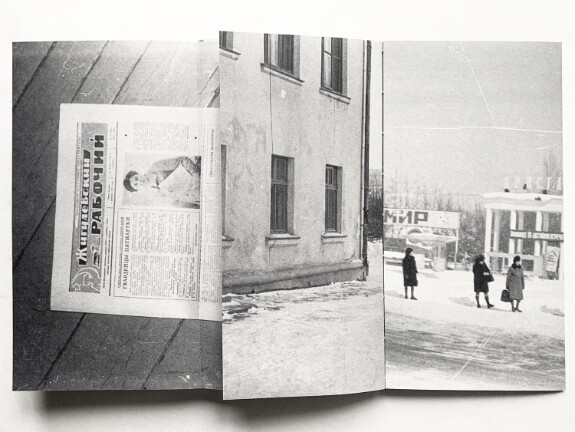

А еще в книге изображен инструмент для обрезки фотографий, потому что реальность, которую мы видим вокруг себя, нужно сначала мысленно ограничить, чтобы сфокусироваться на ней, затем навести объектив камеры на этот фрагмент, чтобы сделать снимок, а потом распечатать его на бумаге и обрезать, снова устанавливая границы и используя этот инструмент, который раньше был популярен, но теперь остался только на фотографии.
And the book also shows a photo cropping tool, because the reality we see around us must first be mentally bounded to focus on it, then point the camera lens at that fragment to take a picture, and then print it out on paper and crop it, again setting boundaries and using this tool that was popular in the 90s but now only remains in photography
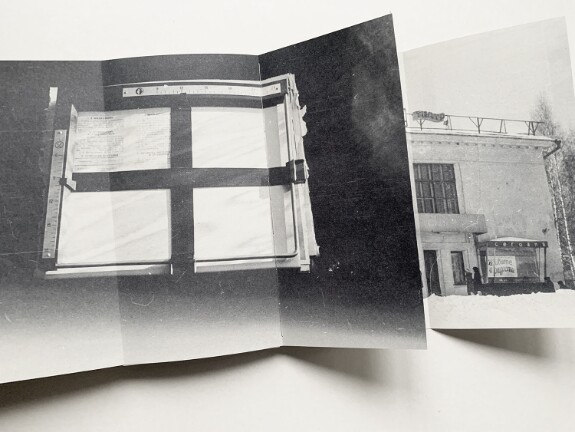
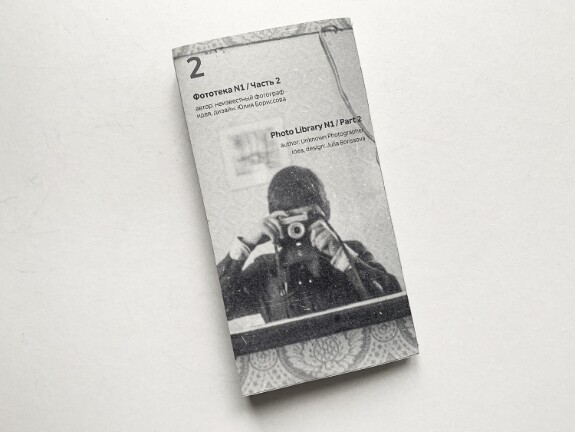
Больше об этом выпуске и предыдущих можно узнать по тегу Photo Library n1.
Напишите, что вы думаете, что показалось вам интересным? Очень жду ваших комментариев! И да, книжку можно заказать, стоимость для подписчиков - 3500 руб + доставка
More about this issue and previous ones can be found by tagging Photo Library n1.
Write what you think, what did you find interesting? I am very much looking forward to your comments! And yes, the book can be ordered, the cost for subscribers - 35 euros + shipping






